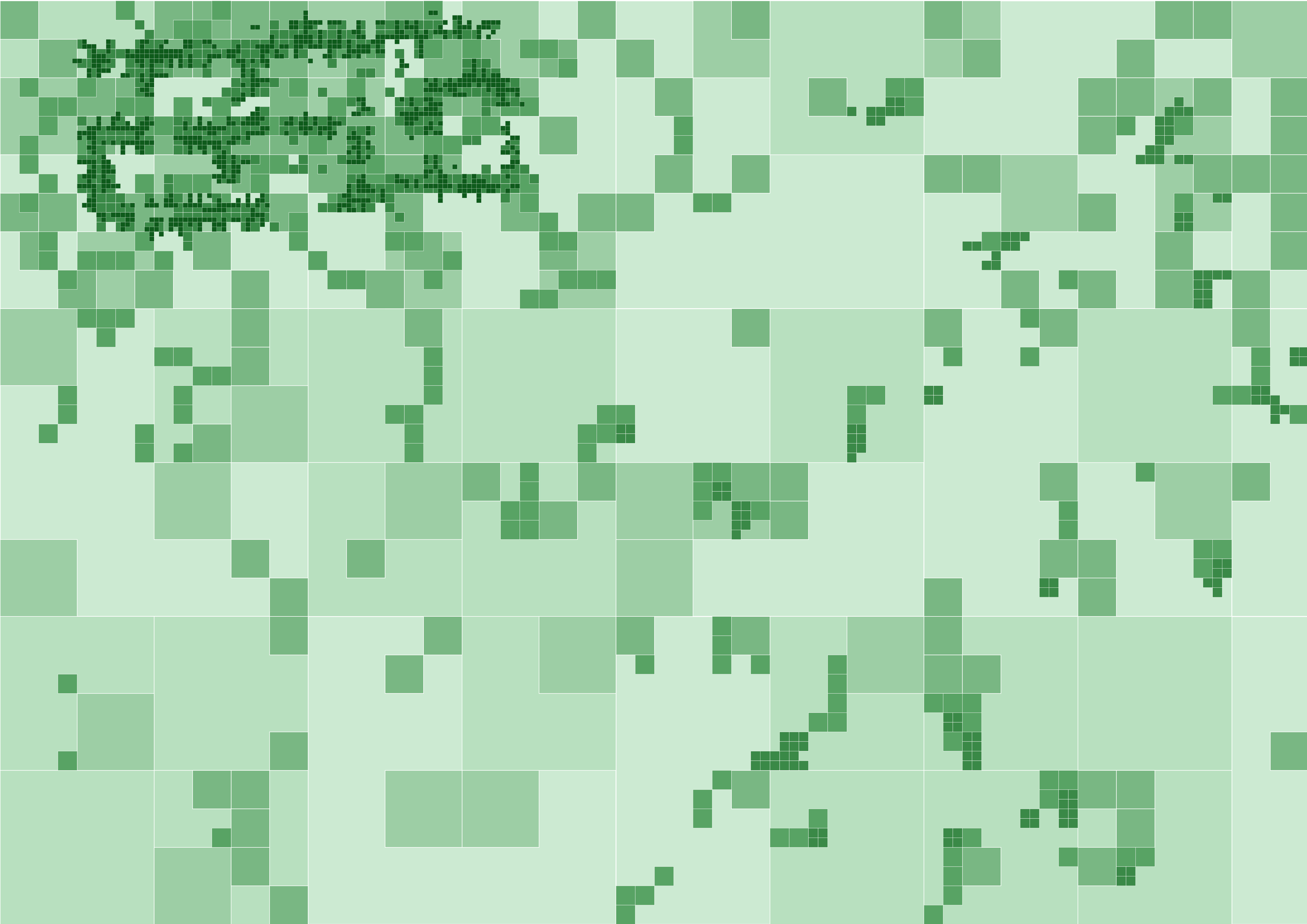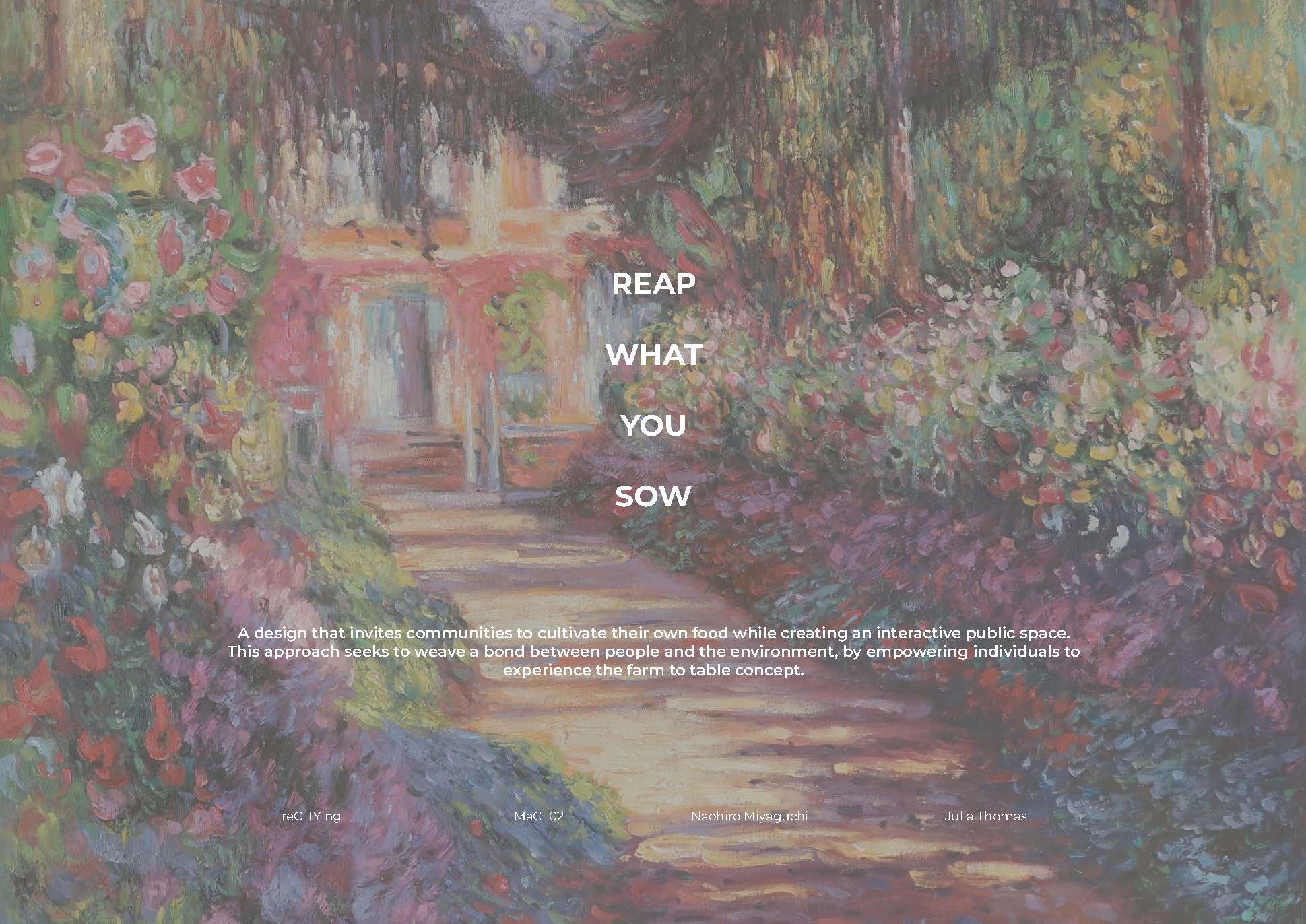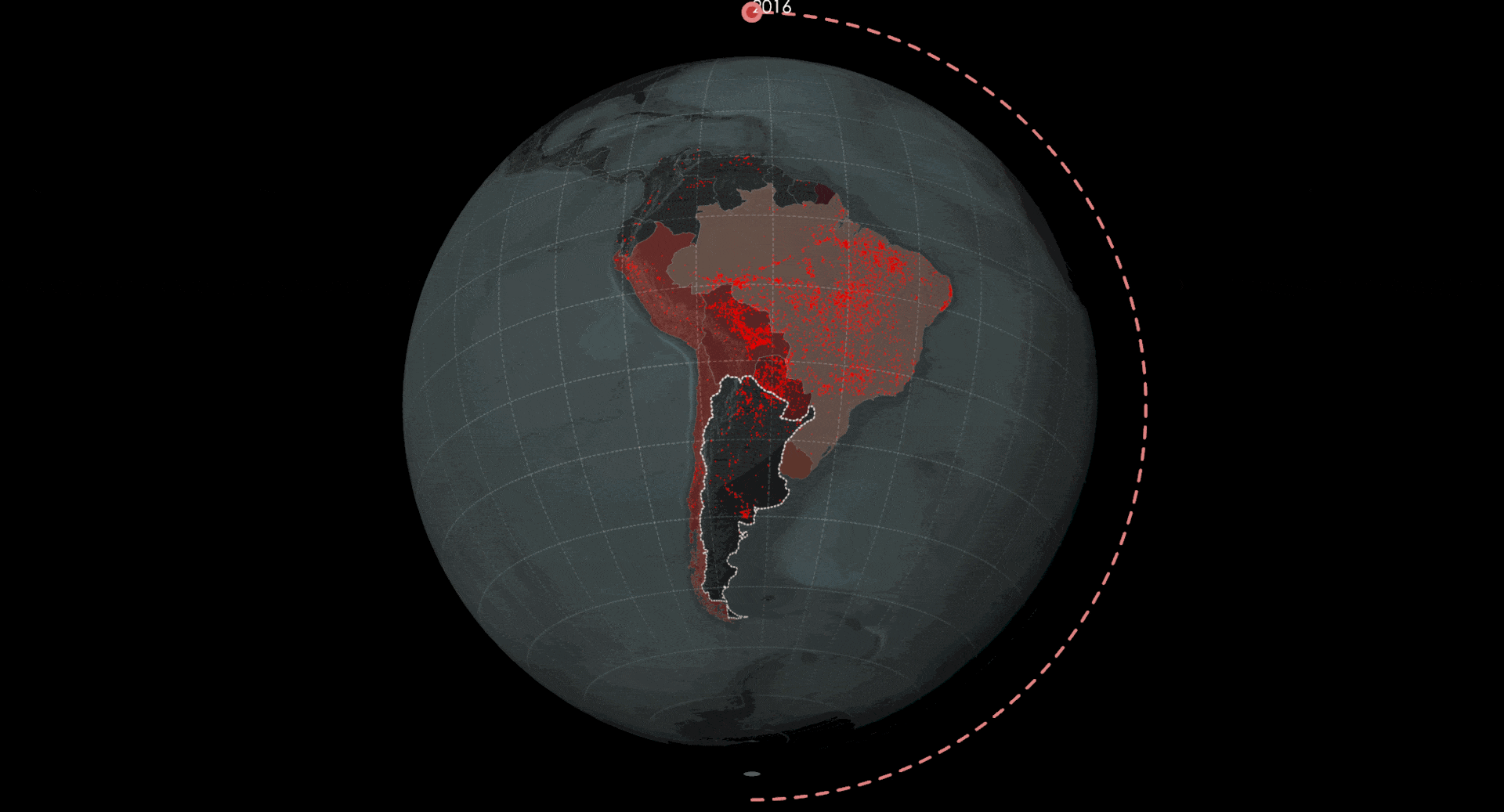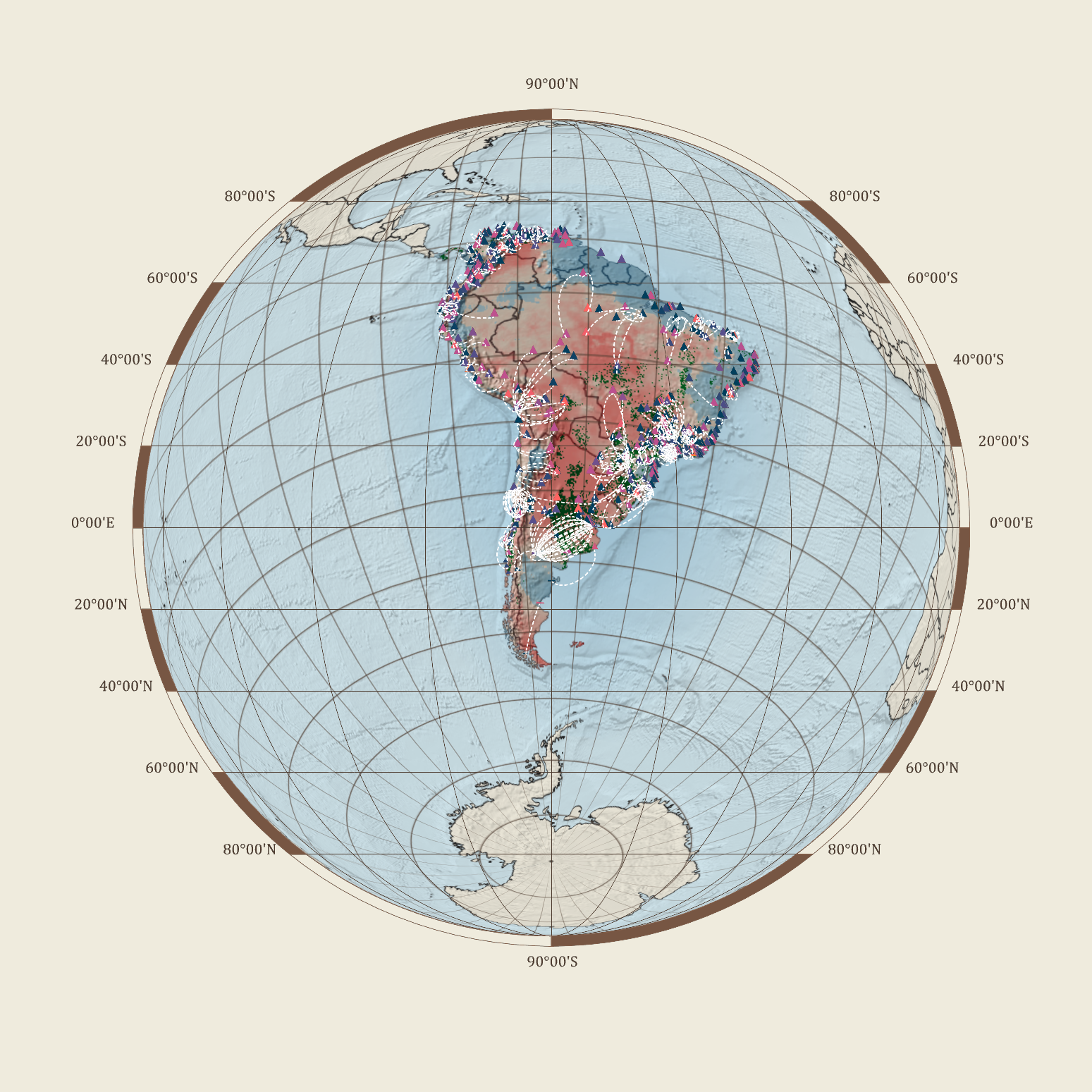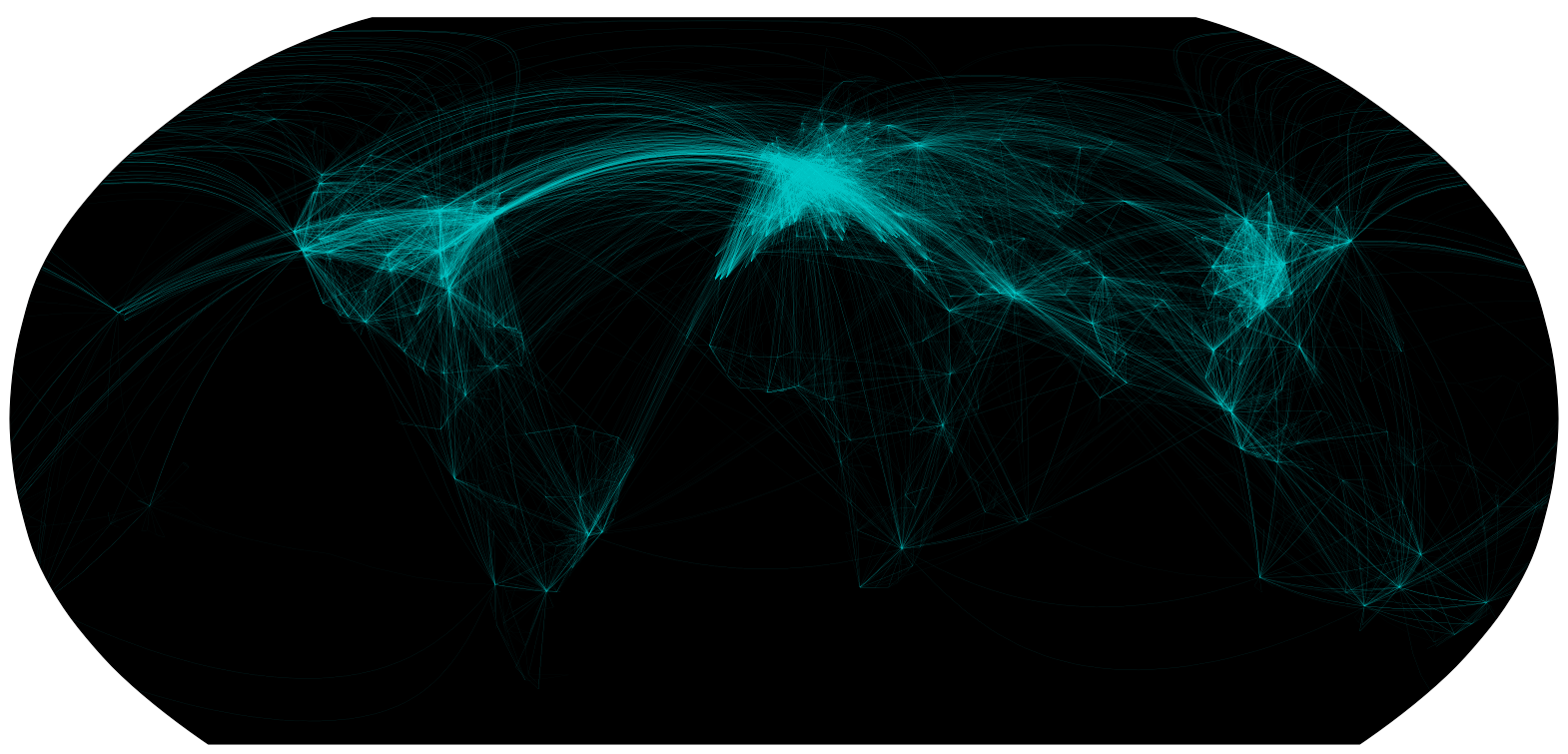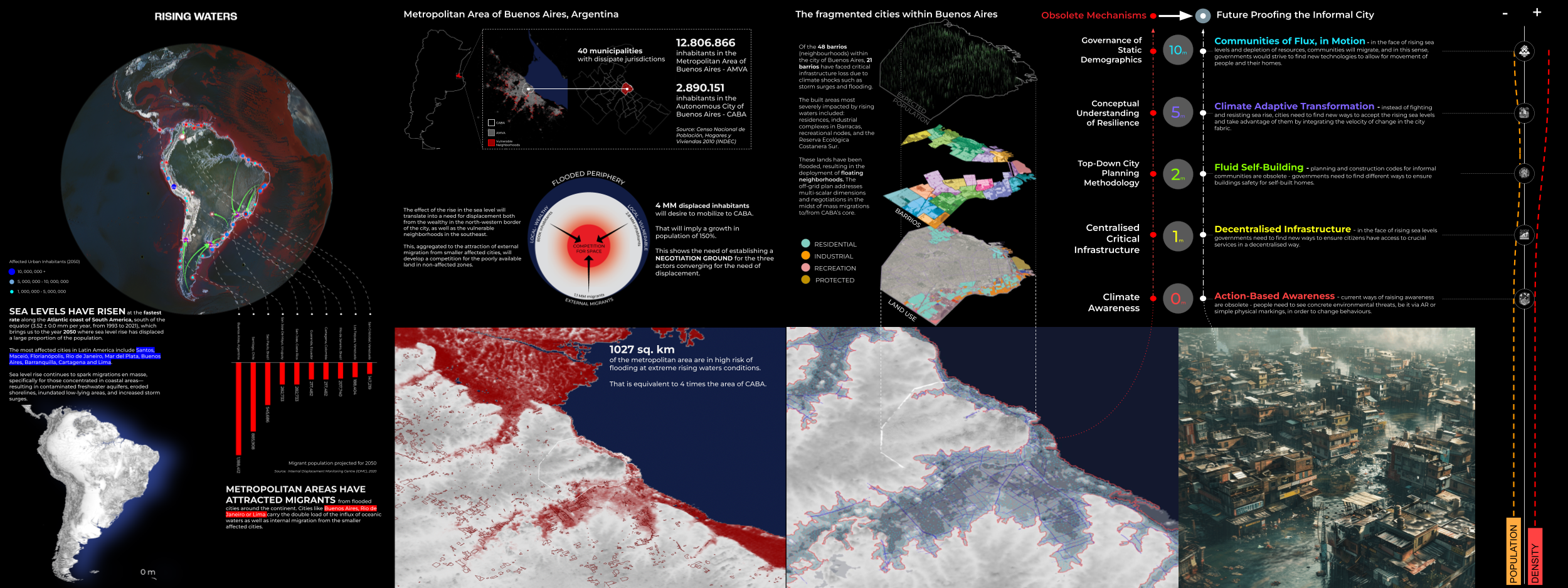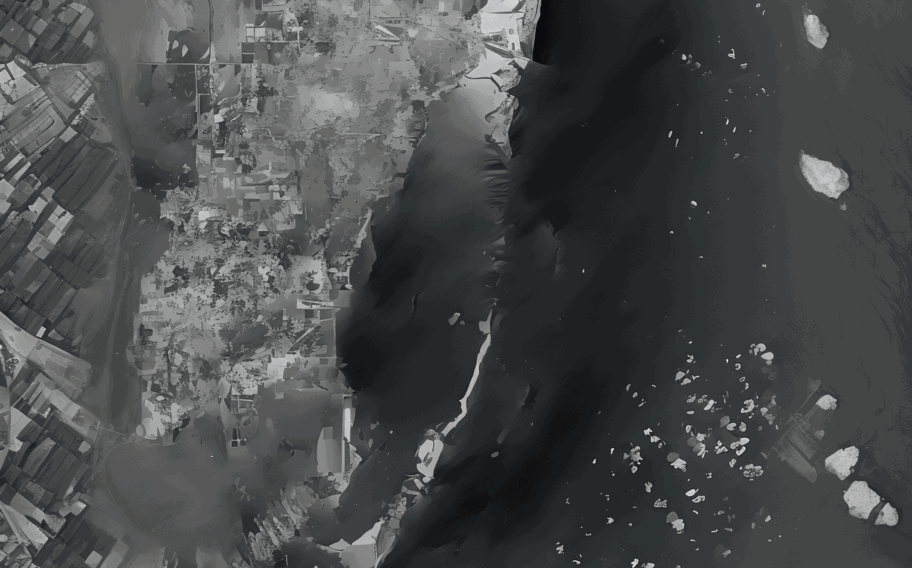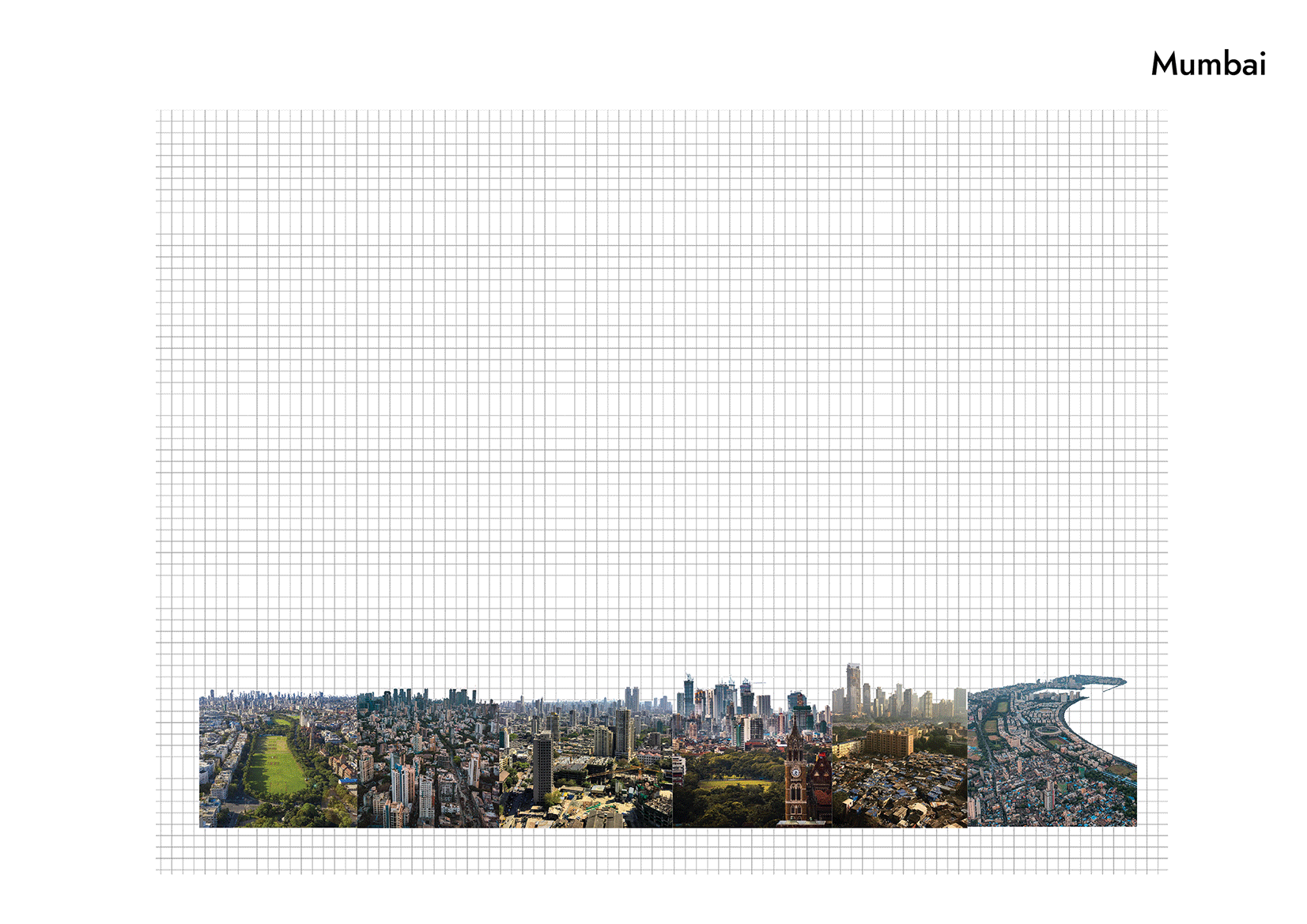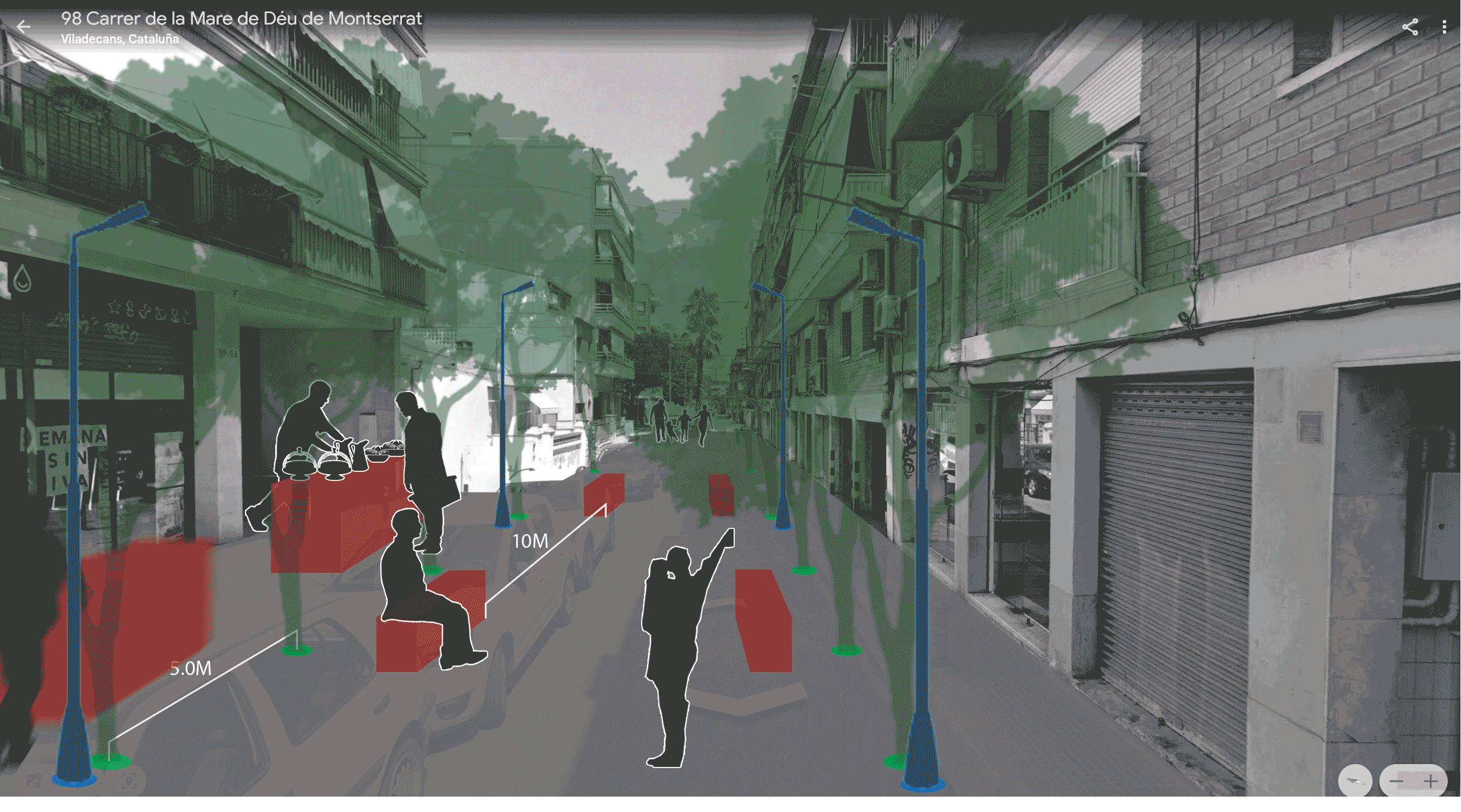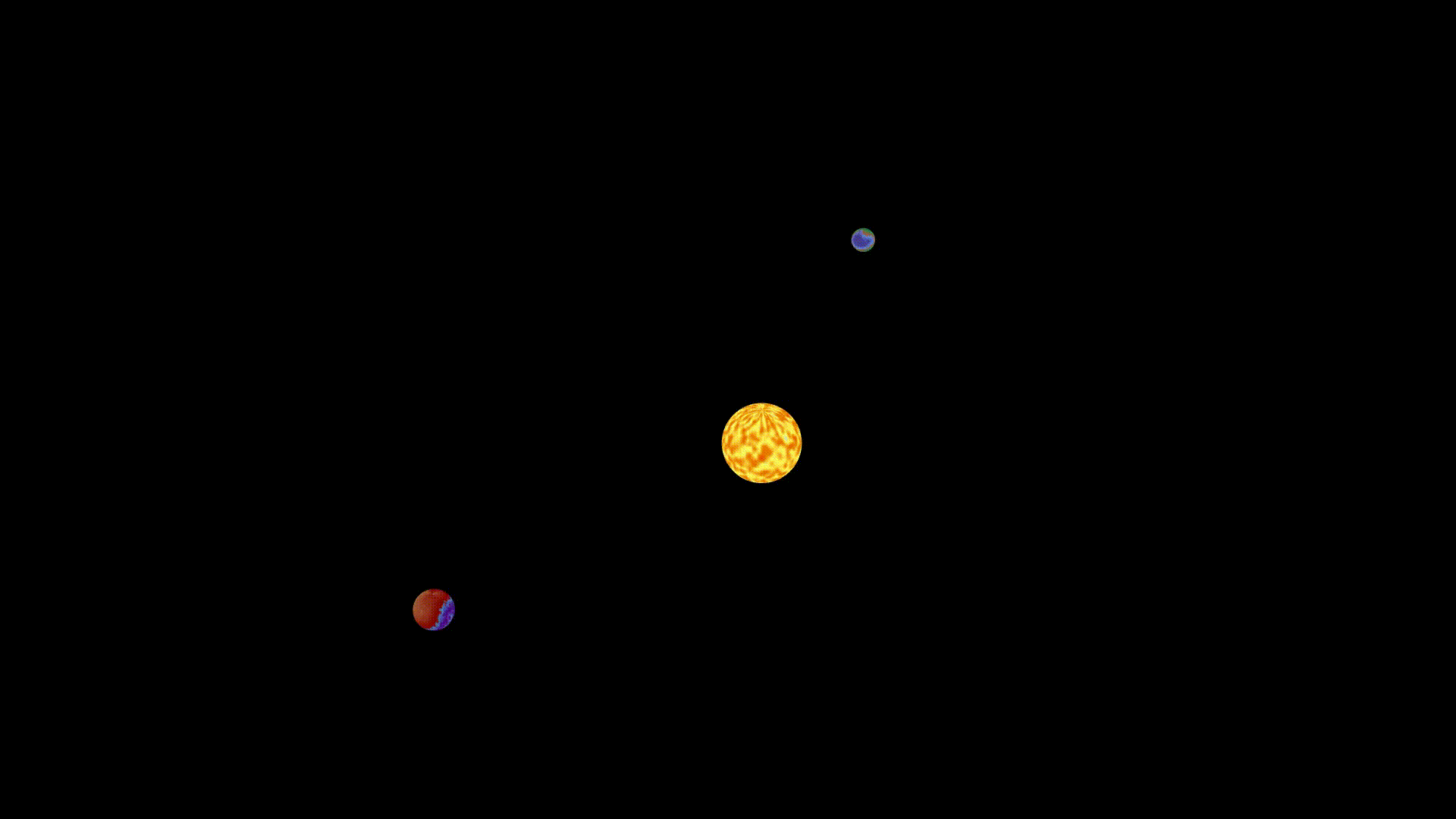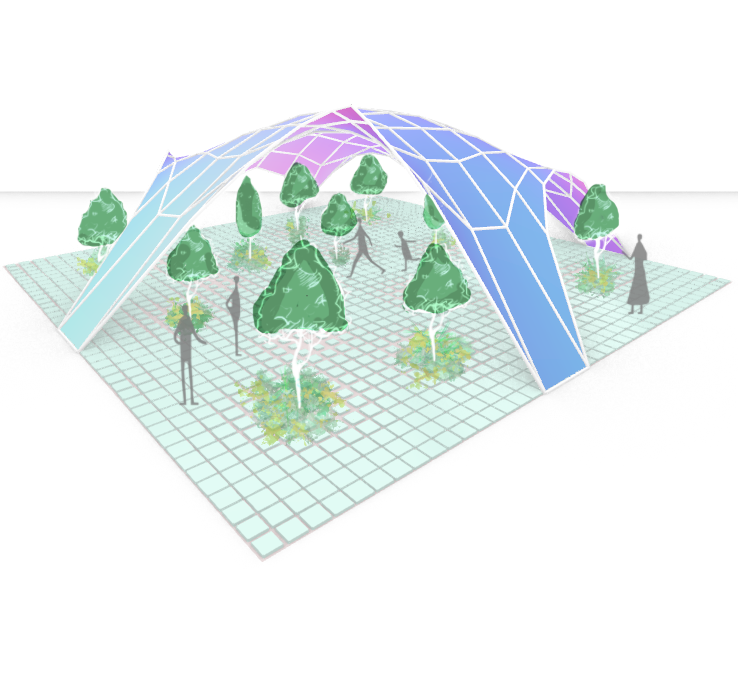MetaGrid
Metagrid represents a new way to explore urbanism, tailored for the context and its stakeholders. This project redefines ‘Agriculture’ to encompass not only the process of production but also broader elements like programs, solicitations, patterns, matters, behaviors, and networks, enabling innovative, open strategic approaches. Metagrid aims to reactivate Parc Agrari in Llobregat through Land Art, … Read more

